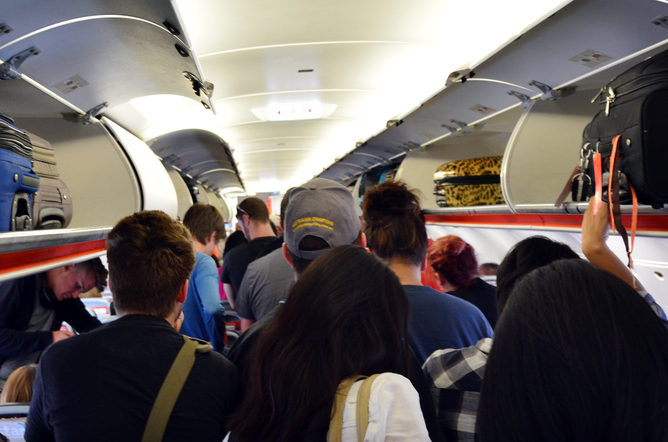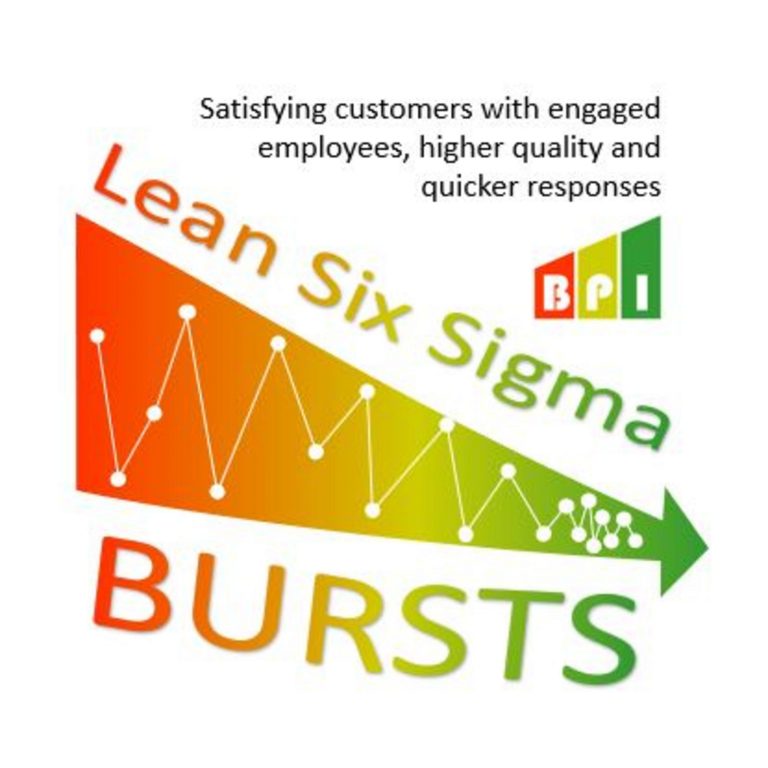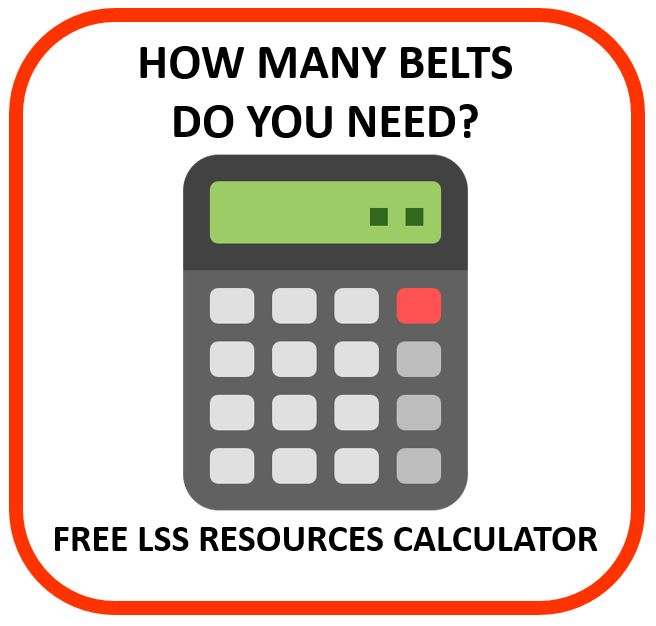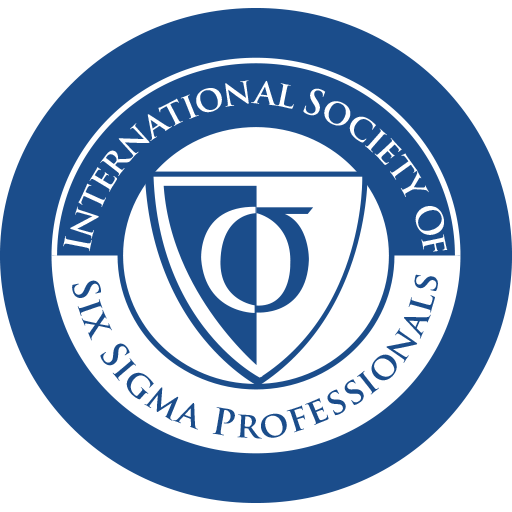Ideas for airlines on how to make lines and wait time shorter for passengers
Post updated on 8/22/16 (see below)
As an avid airline passenger, I’ve flown on many different airlines (most major airlines) and visited many different US airports (and a few international airports). What I’ve noticed is that the process of how to get checked-in, through security, and loaded onto the plane seem to be ripe with opportunity.
Let’s break this down into three major processes:
- Checking in
- Going through security
- Loading the plane.
Checking In
This area has been steadily improving over the past few years, especially with online check-in and electronic ticketing. I actually don’t have many complaints with this process (unless the airline is not using these options). The best situation is when the check-in kiosks are separated from the line. I dislike when you have to wait in a line that has both people waiting for kiosks, and those with questions for the attendants. It gets confusing, and slows down the process for those only needing the kiosks. There are also people who aren’t paying attention when a kiosk opens up, so you have to try to get their attention. I also prefer when the airline takes your checked bag after you weigh and tag, instead of giving it to you to give to security. I think that has gone away now, but it was a bunch of wasted steps.
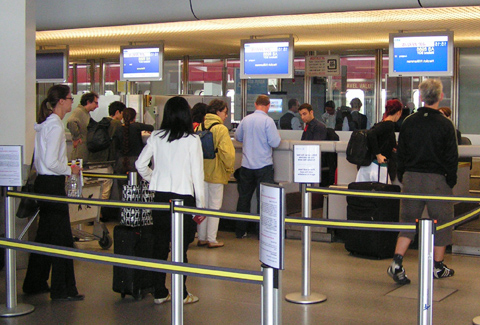
Going through security
My observations and experience with going through the security line is that the line slows down due to the natural variation (common cause) in the time it takes passengers to get organized and loaded onto the conveyor belt. Each passenger is quite different on how long it takes to remove their clothing items (coats, belts, watches and shoes), take out their liquids, take laptops out of bags, take out coins and money, and get their baggage placed on the conveyor. Today, it’s a high pressure race to get things off and out of bags with no room to maneuver, and no place to set things. It’s the most stressful part for me when I fly. People are constantly pushing to get their bags on the conveyor behind me. While under pressure, you will ultimately forget your belt or something in your pocket, and have to go back through (rework).
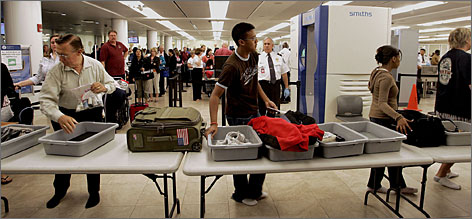
I’m guessing that the scanning process of the bags is most often times the bottleneck, so if we apply the theory of constraints to this issue, the baggage scanning should never be waiting for any bags, yet it is often times idle, due to this variation in passengers getting prepared for the scanner.
I would like to see a staging area after you get your ID and ticket checked, where you can take as long as you want to get all your stuff organized into the trays. I would like to see a big open area with table and chairs where you can sit down, open your bags and pull out the liquids, take off your shoes and laptop, and go at your own pace. Similar to the seating you have after the security line. This would be helpful for all travelers, but especially elderly, those with children, or those with lots of carry-ons.
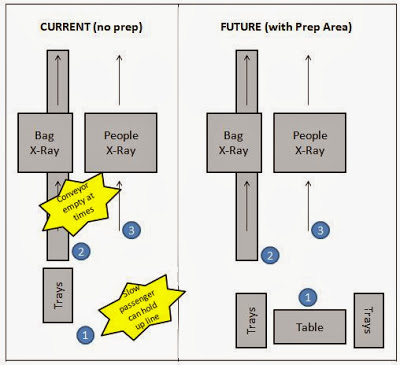
When you are done, then you get in line for the X-ray scanning (could be multiple lines to choose from), and it’s much less stressful. The only downside is moving your bags and trays back to the conveyor, but hopefully it could be placed close enough to the conveyor where that would not be a huge issue.
By the way, the new pre-check TSA system (keep on your shoes and belt, your laptop in its case, and your 3-1-1 compliant bag in your carry-on.) is awesome, and I hope they roll that out as the standard process in the future!
Loading the plane
I like the idea of loading the window seats first, then the middle seats, then the aisle seats, starting from the back of the plane, and working forwards.
A variation of that was developed by Dr. Jason Steffen, where the rows and sides of the plane are alternated, to create more space between passengers to allow for maneuvering and room to store bags in the overhead.
When the airlines started charging more for checked bags, this made the loading time much longer. I don’t understand why they did this, other than it was less costly for them (although I’m not quite sure why).
One possible reason for this change is that it will force people to reduce their total amount of luggage. I’d be curious to see if this has happened, or if everyone has just tried to cram their luggage into a carry-on. This has definitely increased the time to load a plane, and now more people are forced to have their carry-on luggage checked at the gate instead, since there is no more room on the plane. This leads to delays while they roam the overhead units looking for space once they are already in the plane, then it leads to rework where passengers finally realize it is full, and have to get their bag back up to the front of the plane to get it checked. I think they should require us to check all our bags, so you only get a personal bag. Let the baggage handlers do their job (which they probably do pretty efficiently), and reduce the amount of time needed for loading the plane.
The only other option I can think for this rule change is that the airlines are saving money with the baggage handlers, therefore if less bags go through the checked bag process, then they will need less workers. This seems to be the most logical reason to me. Unfortunately, this kind of solution is typical of many companies we work with, who try to save money in one area, and it makes the problem worse in another area. The worst part is that they are pushing the problem to their customers, which is the last thing you want to do. This has to impact the airline’s ability to turn around flights with the longer loading times, which could reduce how many flights occur per day ($$$).
If you’re trying to save fuel by reducing baggage, I like Samoa Air’s approach of charging airline ticket cost based on the total weight of the passenger, which includes their own weight and the weight of their baggage. If weight is indeed a big driver of airline fuel spending, then this makes the most sense.
It might be controversial when people are individually being weighed, but I think it’s the most fair from a price perspective. Then it doesn’t matter how many different bags you bring, you are responsible for the total weight.
One other issue I have with loading the planes is when they call out the group numbers. I like the group number idea, but there are two issues:
1) I am never sure what group number was called (audio is poor quality, wasn’t paying attention, etc). There is no visual indicator about the current group number. I’m not the only one either, since I always see people asking each other what group number was called. A simple group number on the display boards would make a big difference.
2) The bigger issue is that everyone clusters right near the ticket agent, so often times I think I’m in a line heading towards the front, when in fact the people ahead of me are not in my group, and are blocking the way. When I realize the line at the ticket agent has cleared and the people ahead of me aren’t moving, it’s too late to get through the cluster, and they quickly call the next group number. Now I’m in the middle of the next group.
United Airlines actually has a good visual control to solve both of these problems…
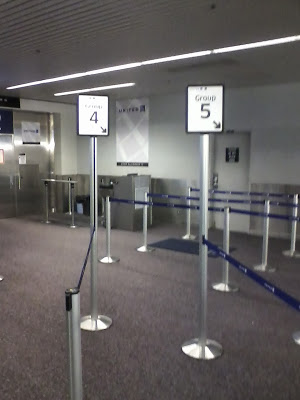
They have markers for each group number (including first class and preferred boarding), so you simply get in the line associated with your group number, and there is no confusion as to which group is being loaded currently. They are the only airline I have seen doing this.
Finally, a quick note about unloading the plane. It would be nice to require everyone to stay in their seats, to allow “pre-authorized” passengers with short layovers to get off the plane first. This was done during one flight I was on, and it seemed to work really well. There were probably some people who didn’t have short layovers that got off in the early group, but I think it worked for most of the people trying to catch their next flight. I think they set the cut off for those with a layover of 30 minutes or less. This would reduce the number of missed flights and reschedules, plus increase customer satisfaction. The rest of the passengers seemed to be OK with this idea, since they probably wished someone had done that for them when they were in the same situation. They only had to wait a couple minutes, so it really wasn’t much of a delay for everyone else. We’ll see if this idea catches on…
Many of you are avid travelers. Do you agree with our ideas? What are your recommendations?
Update: Here is an article from Portland International on some of their efficiency improvements in different aspects of the airport >>>

